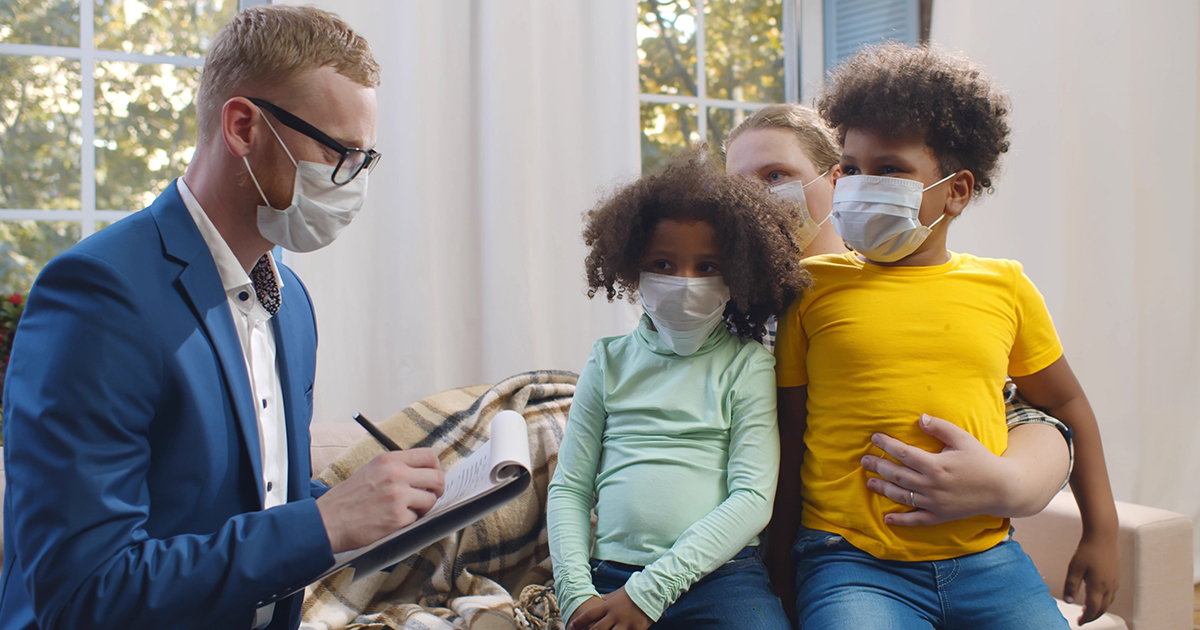Changes in Home Visiting Since the Start of the Pandemic
Lessons from the Child First Program

At the start of the COVID-19 pandemic, home visiting programs were faced with an unprecedented challenge: How do you deliver home visiting services without visiting homes? One home visiting model—Child First—quickly pivoted to telehealth, offering caregivers the option to receive services virtually. Child First has since resumed delivering services primarily in person, but some pandemic-driven implementation changes remain. To understand the impact of the pandemic on the Child First model, the study team conducted surveys and interviews with Child First staff members, and interviews with caregivers who received Child First services, to answer the following research questions:
- To what extent did the implementation of Child First services change since the start of the pandemic?
- How did Child First staff members report implementing core components of the model since the pandemic began?
- How did Child First caregivers report on Child First services that they received since the pandemic began?
For these questions, the study team focused on three time periods: before the pandemic began (prior to March 2020), early in the pandemic period (March 2020 through June 2021), and Child First’s return to in-person services (summer 2022, which is when many Child First sites were conducting at least 75 percent of visits in person, through April 2023, which was the end of data collection for this study).
Overall, the study team found that the implementation of the Child First model following the first three years of the pandemic remains largely consistent with pre-pandemic implementation, despite the unique challenges to home visiting posed by the pandemic. For instance, the number of referrals that Child First programs received decreased early in the pandemic period, but those numbers returned to pre-pandemic levels once Child First returned to delivering services primarily in person. Interestingly, telehealth is more prominent now than it was before the pandemic began, and professional development and communications with referral providers have also remained largely virtual. These data are being used to inform the broader home visiting field about how and whether Child First was implemented with fidelity and how the model was adapted during the pandemic. Additionally, these data can aid researchers and Child First staff members in understanding and interpreting the impacts of Child First, which are being estimated in a broader randomized controlled trial of the program.







